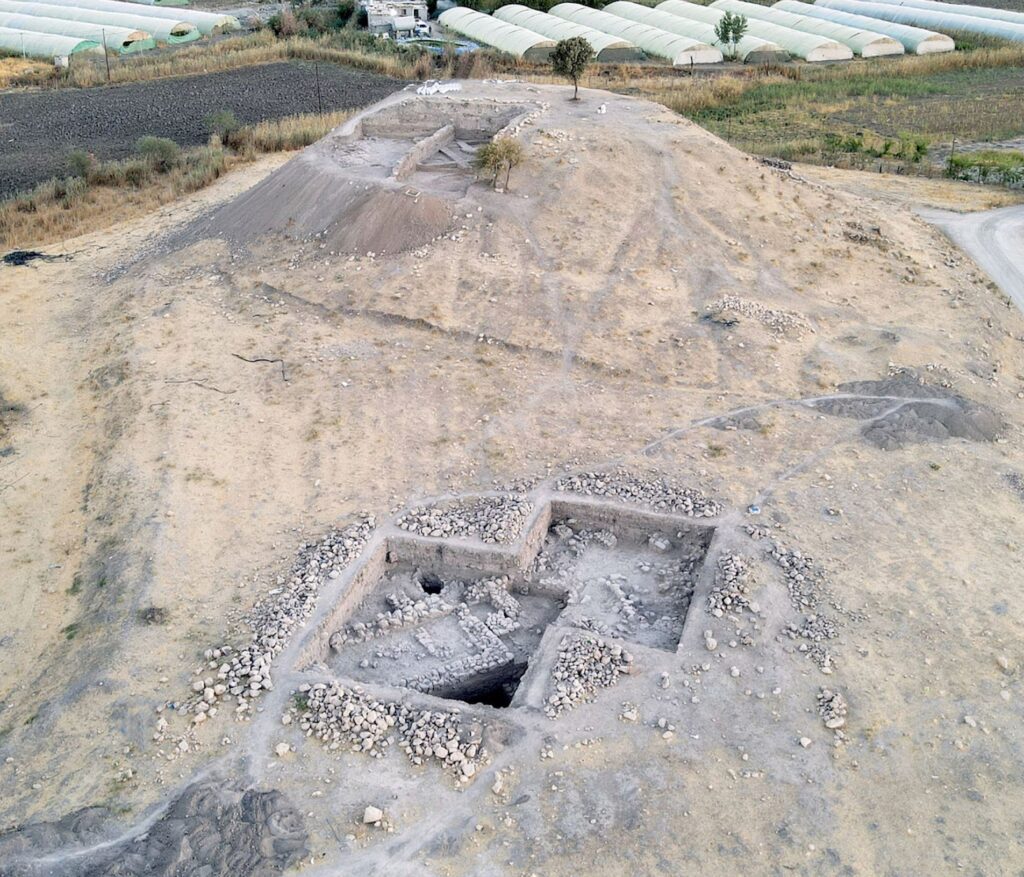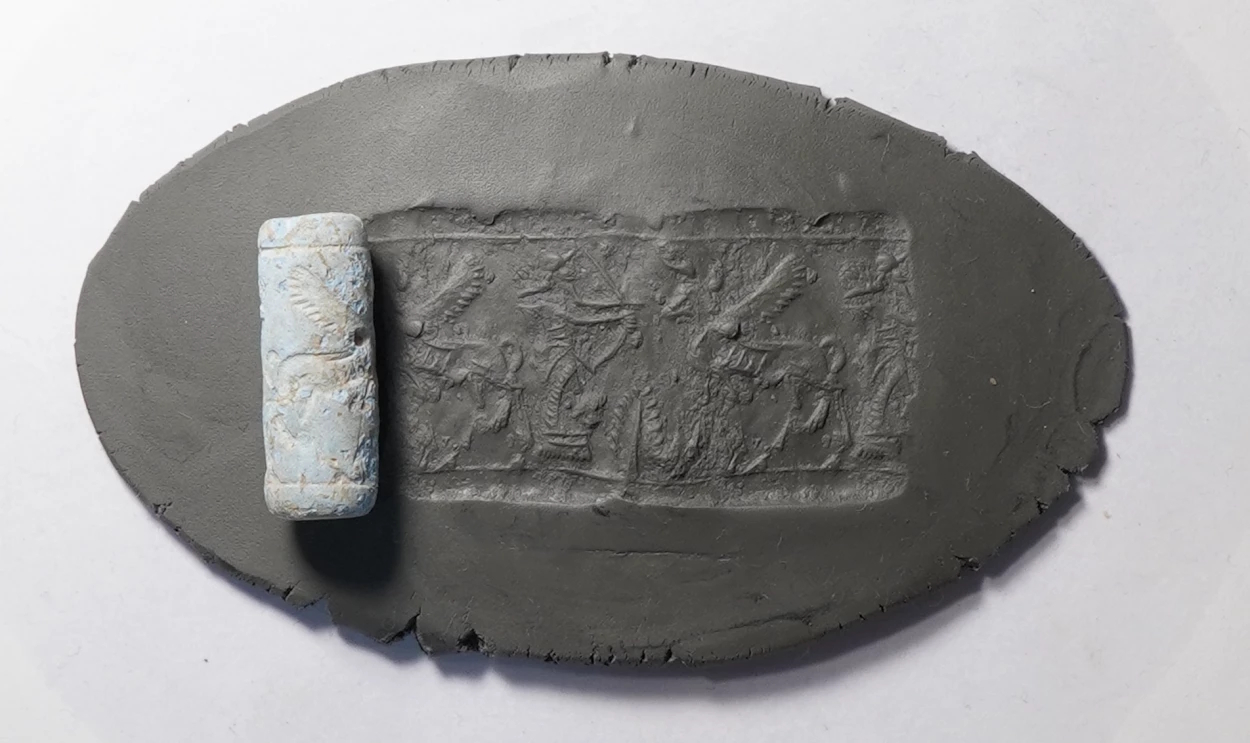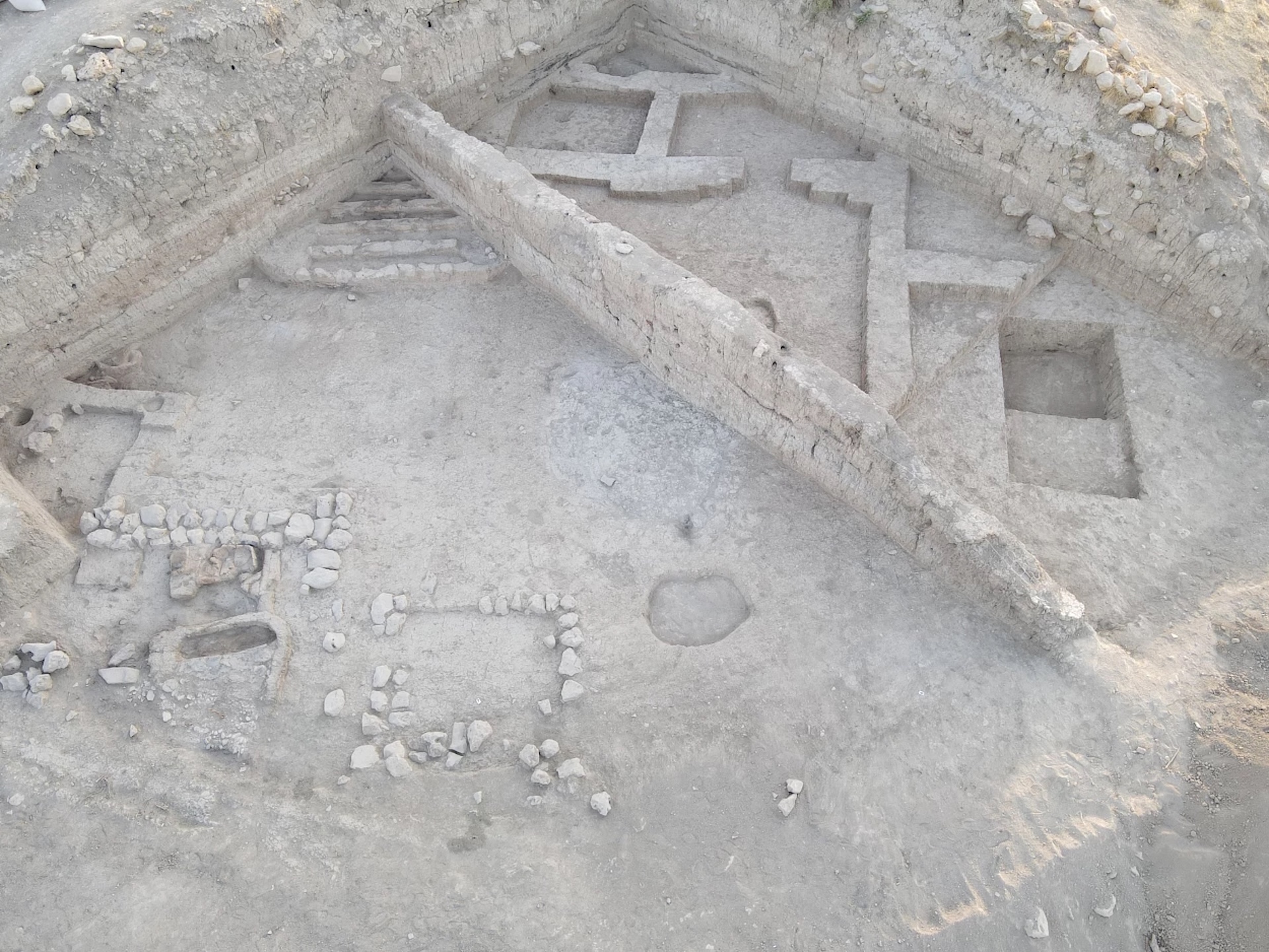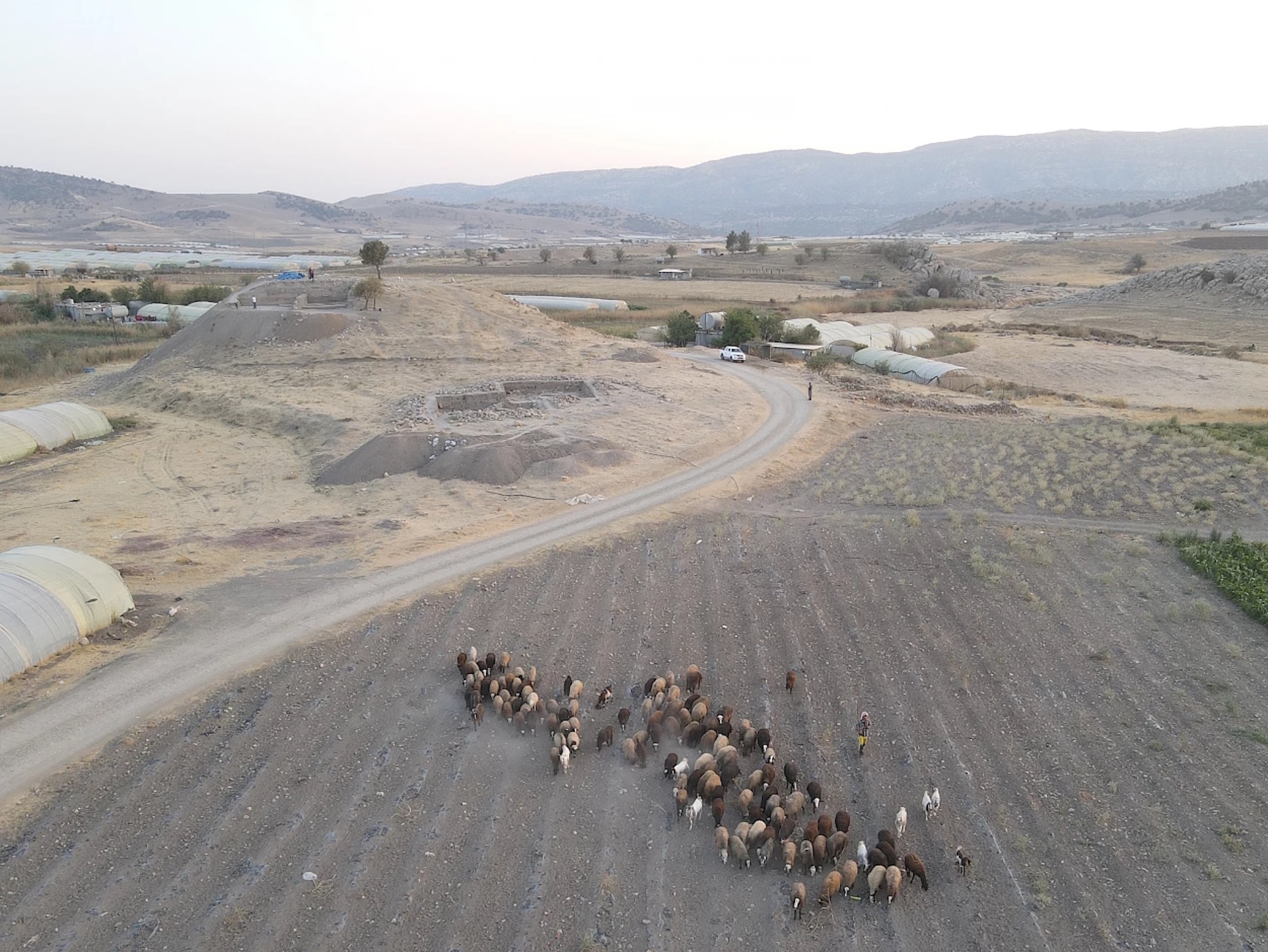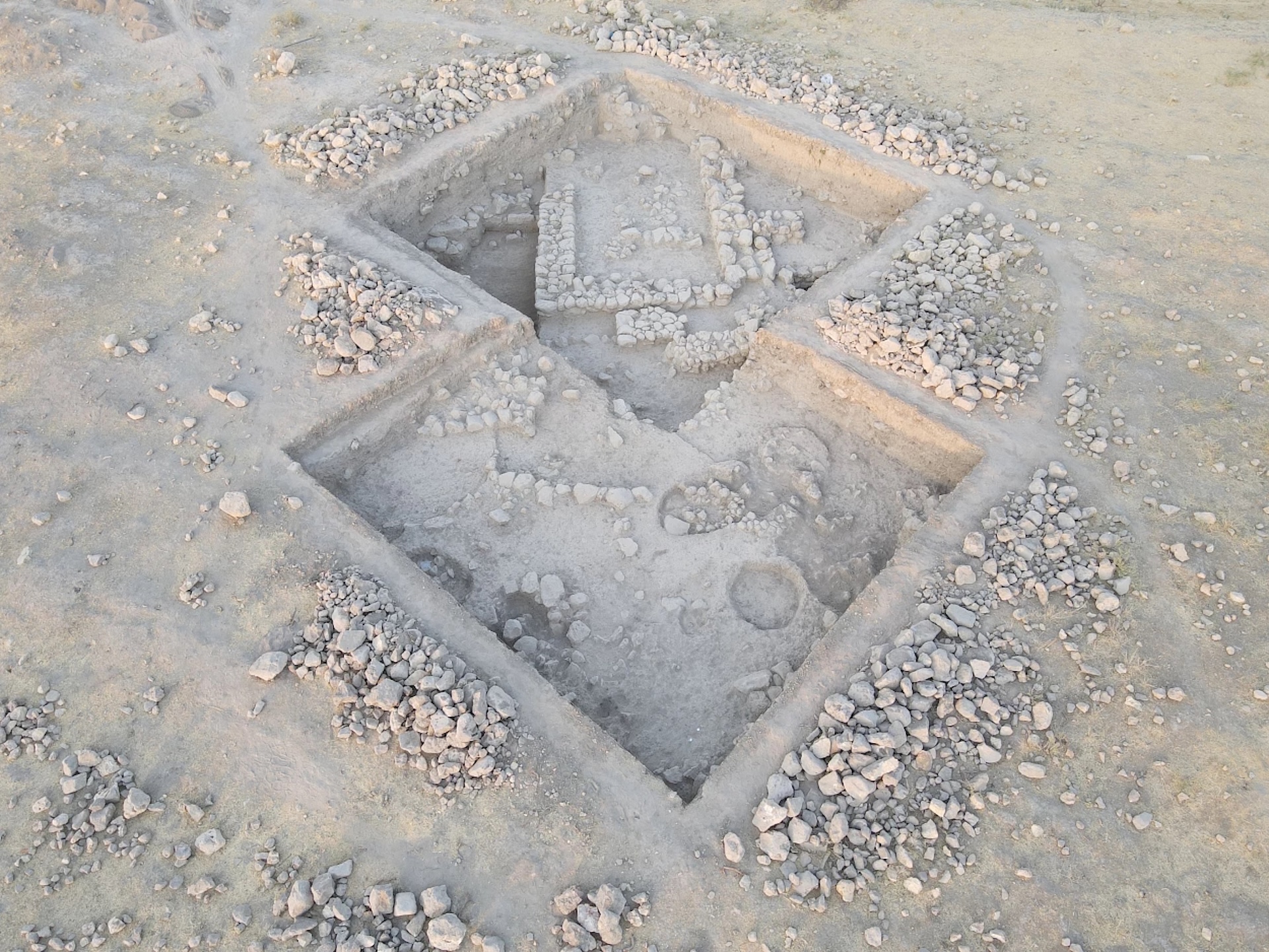Archaeologists in Iraq have unearthed the remains of a 5,000-year-old building that may have been a temple from the Uruk period, when the world’s first cities were emerging.
The buried “monumental” structure was discovered in September at the Qani Shayeh site in northern Sulaymaniyah Governorate, at the foot of the Zagros Mountains in northern Iraq, the statement said.
“If the monumental nature of this building is confirmed, which we are currently investigating in detail, this discovery could change our understanding of Uruk’s relationship with the surrounding region,” the researchers said in a statement.
you may like
The structure dates from the Uruk period, around 3300-3100 BC, and is named after Uruk in southern Mesopotamia.
According to the late German archaeologist Hans Nissen in his book Early History of the Ancient Near East (University of Chicago Press, 1988), ancient Uruk spanned an area of up to 990 acres (400 hectares), had a grid of streets and districts with various functions, such as administrative and residential areas, and was a city of up to 80,000 people.
The excavation leaders said in a statement that the structure was discovered at the top of an earthen mound at Qani Shaye, and its architecture indicates that it was some kind of official building, possibly a “cult space” or temple for worship.
cylinder seal
Researchers also found fragments of gold pendants, which may reflect a “social display” of wealth within the community. According to the statement, “cylinder seals” during the Uruk era were associated with administrative and political power.
Additionally, the research team discovered an ancient “wall cone.” This is a decoration consisting of cones of baked clay or stone, pressed from points into the fresh plaster of the wall. The flat part of the cone was then painted to create a mosaic effect across the wall, featuring geometric designs such as triangles and zigzags. The conical shape of the walls is further evidence that the building was a “public or ceremonial structure,” the statement said.
Kani Shaie was almost 300 miles (480 kilometers) north of Uruk, a distance that took about 15 days on foot. However, the new discovery’s distance suggests that it was not a remote Uruk-era site, as archaeologists had previously assumed. Rather, the settlement appears to have been part of a vast cultural and political network spanning ancient Mesopotamia.
“Kani Shaie is considered the most important archaeological site east of the Tigris River for understanding the sequence of human occupation from the Early Bronze Age to the 3rd millennium BC,” the researchers said.
ancient uruk
Archaeologists have been conducting excavations at the site since 2013 and have found evidence that the area had been occupied since the Chalcolithic (‘Copperstone’) period, from around 6500 BC to around 2500 BC.
Uruk (modern-day Warqa in southern Iraq) may have been the world’s first city and had a strong influence on the Sumerian and later Mesopotamian civilizations. The Uruk people are believed to have invented cuneiform. Cuneiform was probably the first writing system and was used throughout Mesopotamia for thousands of years. They are also thought to have developed the first letter numbers that may have been used to tally agricultural products.
Uruk also pioneered the “ziggurat” style of architecture that would later be used for temples in the Mesopotamian civilization. And it may have been the first place where priests were distinguished by special vestments and religious iconography.
Mesopotamia Quiz: Test your knowledge about the ancient civilizations of the Fertile Crescent
Source link

